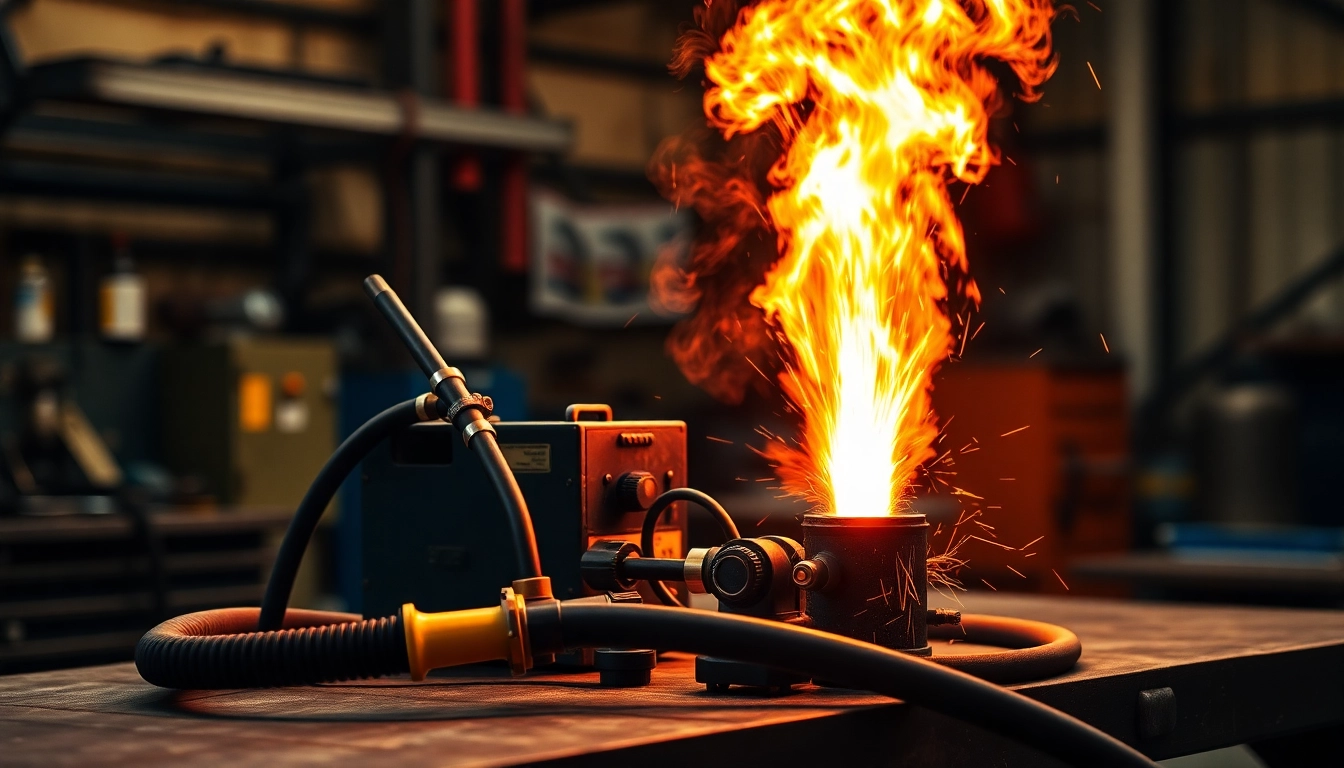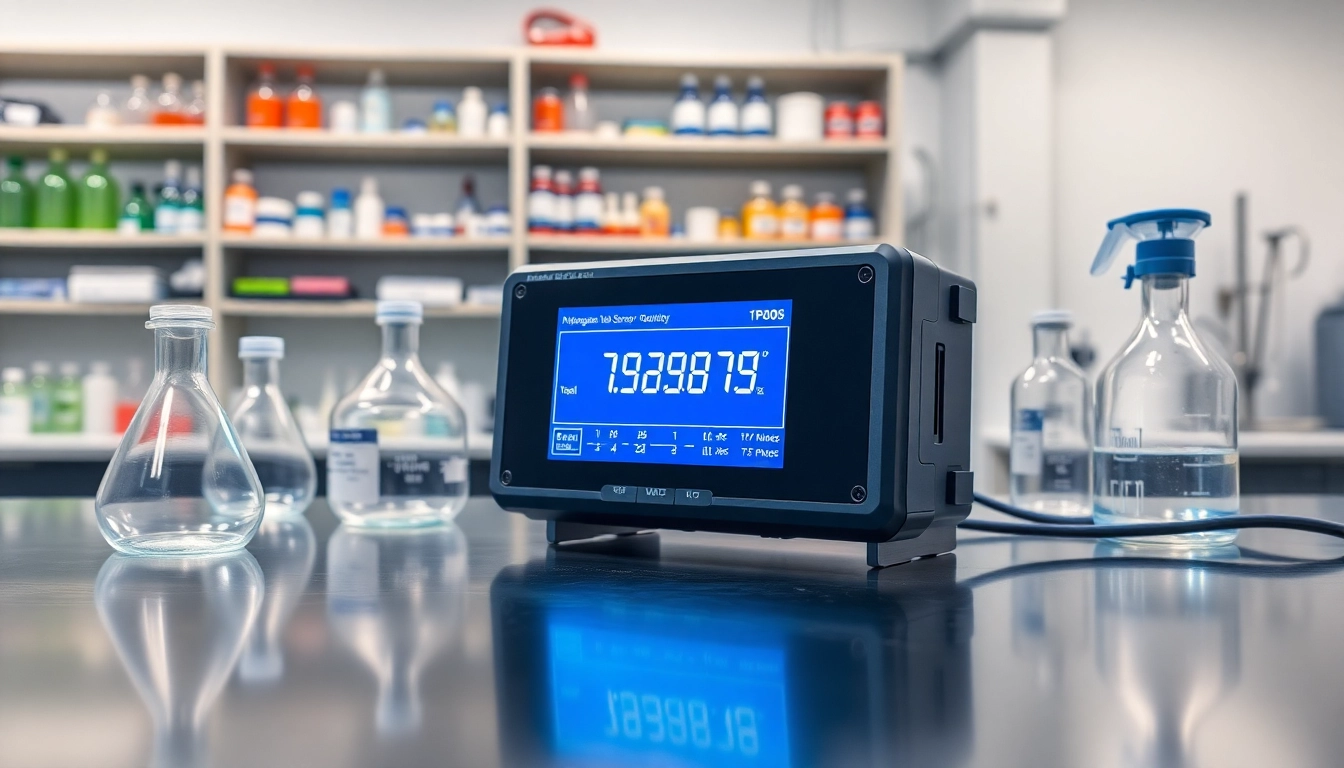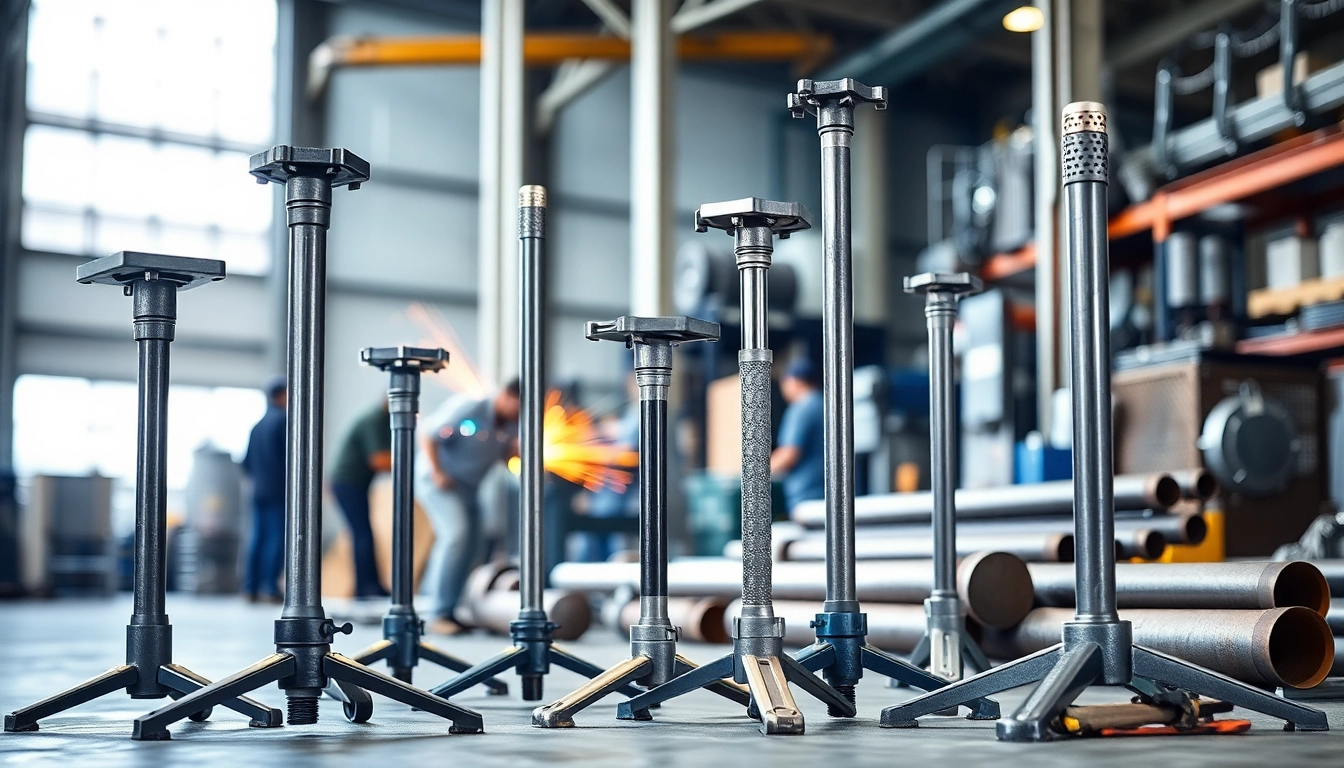Understanding the Oxy Gas Welding Kit
What is an Oxy Gas Welding Kit?
An oxy gas welding kit is an essential tool for professionals and hobbyists engaging in welding and cutting metal. The kit utilizes two gases—oxygen and acetylene—to produce a high-temperature flame capable of melting and fusing metal. This type of welding allows for precision work in various applications, ranging from metal fabrication to artwork creation. Its versatility makes it a popular choice among welders of all levels, from those just starting to seasoned professionals undertaking heavy industrial tasks.
Key Components of the Kit
A standard oxy gas welding kit typically consists of several critical components:
- Oxygen Cylinder: Contains pressurized oxygen necessary for combustion.
- Acetylene Cylinder: Houses acetylene gas, which serves as the fuel for the flame.
- Regulators: These devices control the pressure of the gases as they are released from the cylinders, ensuring they flow at the right rate for optimal burning.
- Hoses: Flexible tubing that transports oxygen and acetylene from their respective cylinders to the welding torch.
- Welding Torch: The tool that mixes the gases and produces the flame. It often features adjustable knobs for controlling the mix of oxygen and acetylene, allowing users to achieve different flame types.
- Fittings and Accessories: Various attachments such as cutting tips, nozzles, and spark lighters that enhance the kit’s capabilities for specific tasks.
Common Uses of Oxy Gas Welding
The oxy gas welding kit is known for its wide-ranging applications:
- Metal Fabrication: Ideal for joining metal pieces in construction or creating custom metalwork.
- Automotive Repair: Frequently used for repairing car frames and components due to its ability to heat metal rapidly.
- Artistic Applications: Artists often use oxy welding for creating sculptures, metal artwork, and installations.
- Maintenance and Repair: Versatile in fixing machinery, equipment, and pipelines requiring robust welding solutions.
Safety Precautions for Oxy Gas Welding
Essential Safety Gear
Before using an oxy gas welding kit, safety should be the top priority. The following gear is essential:
- Welding Goggles: Provide protection against bright flashes and flying particles.
- Flame-Resistant Clothing: Use long sleeves and pants made from cotton or other flame-resistant materials.
- Gloves: Heat-resistant gloves prevent burns while manipulating hot materials.
- Respirator: In environments where fumes may be inhaled, respiratory protection helps guard against exposure to hazardous gases.
Best Practices for Safe Operation
Implementing best practices during welding is crucial to ensure safety:
- Work in a Well-Ventilated Area: Ensure that your workspace is adequately ventilated to avoid the accumulation of fumes.
- Inspect Equipment Before Use: Always check hoses and fittings for leaks or wear before starting the torch.
- Keep Flammable Materials Away: Maintain a clear workspace free from combustible materials that can ignite.
- Properly Store Cylinders: Store gas cylinders upright and secure to prevent falls or damage.
Dealing with Potential Hazards
Despite precautions, hazards can arise during oxy gas welding:
- Burns and Fire: Be prepared for potential fires by having a fire extinguisher nearby and ensuring you know the proper response to flames.
- Gas Leaks: Know how to detect leaks (often by smell) and how to rectify them, including shutting off gas flow and ensuring ventilation.
- Eye Injuries: Protect your eyes from welding spatter and UV rays by wearing appropriate goggles designed for welding.
How to Set Up Your Oxy Gas Welding Kit
Step-by-Step Setup Process
Setting up an oxy gas welding kit requires careful attention to ensure safety and effectiveness. Follow these steps:
- Start by placing the oxygen and acetylene cylinders in an upright position.
- Attach the regulators securely to each cylinder, ensuring that the threaded connection is clean and free of debris.
- Connect the hoses to the regulators, ensuring that red hoses are attached to the acetylene regulator and green hoses to the oxygen regulator.
- Connect the other ends of the hoses to the welding torch, ensuring proper color coding is followed.
- Before igniting the torch, open the cylinder valves slightly to check for leaks. Use a soapy water solution to check for bubbles indicating a leak.
- Once all connections are secure and leak-free, proceed to ignite the torch.
Adjusting Gas Flow and Flame
Adjusting the gas flow is critical for achieving the right flame:
- Open the Oxygen Valve First: This allows a controlled flow of gas. Typically, the oxygen valve should be opened to 1/4 turn.
- Then Open the Acetylene Valve: Slowly increase the flow until you reach the required flame characteristics.
- Achieving the Right Flame: A neutral flame (equal parts of oxygen and acetylene) is ideal for most welding. Adjust as needed to produce a reducing or oxidizing flame for specific tasks.
Troubleshooting Common Setup Issues
When setting up your oxy gas welding kit, you may encounter some common issues:
- Leak Detection: Always recheck connections if the torch doesn’t ignite or produces a poor flame.
- Poor Flame Characteristics: If your flame flickers, it may indicate improper gas flow or ratios—readjust the valves as needed.
- Low Pressure: Ensure that the regulators are functioning correctly; replace any faulty regulators if needed.
Techniques for Effective Oxy Gas Welding
Basic Welding Techniques
Successfully using an oxy gas welding kit involves mastering various techniques:
- Welding Joint Preparation: Clean the metal surfaces to remove oxidation and ensure a good weld.
- Controlling Heat: Move the torch consistently at a speed that allows the metal to melt without burning through.
- Creating the Weld Pool: Maintain a steady focus on the molten metal and adjust your angle as needed to achieve a strong bond.
Advanced Welding Techniques
As you grow more adept, consider these advanced techniques:
- Tack Welding: Use brief welds called tack welds to position materials before making the full weld.
- Weaving Technique: Create a zig-zag pattern with your torch to fill larger joints more effectively.
- Multiple Passes: For thicker materials, plan to make multiple passes over a joint to ensure penetration and strength.
Common Mistakes and How to Avoid Them
New welders may encounter these typical pitfalls:
- Improper Flame Adjustments: Always verify the flame characteristics before starting your weld. An improper flame can lead to poor quality.
- Poor Technique: Avoid rushing the welding process; take your time to ensure a proper joint.
- Neglecting Equipment Maintenance: Regularly check and maintain your welding equipment to prevent unexpected issues.
Choosing the Right Oxy Gas Welding Kit
Factors to Consider When Purchasing
Selecting the right oxy gas welding kit depends on various factors, including:
- Usage Requirements: Consider the scale of your welding projects and choose a kit that meets your needs in terms of output and capacity.
- Quality of Components: Evaluate the quality of cylinders, regulators, and hoses. Opt for reputable brands known for reliability.
- Portability: Assess whether you require a portable kit for on-site work or if a stationary setup is more beneficial.
Top Brands and Products
Here are some industry-leading brands known for their exceptional oxy gas welding kits:
- Victor: Renowned for high-quality welding kits suitable for professional use.
- Harris: Offers a range of reliable and versatile torch kits for various applications.
- Lincoln Electric: Well-regarded for their robust welding products, including gas kits designed for heavy-duty tasks.
Where to Buy Your Oxy Gas Welding Kit
You can purchase oxy gas welding kits from various vendors. Consider options like:
- Local Specialty Welding Supply Stores: Often provide knowledgeable staff to help guide your selection.
- Online Retailers: Websites like Amazon or specific welding supply companies can provide competitive pricing.
- Home Improvement Stores: These stores often carry welding kits along with related supplies.



